Recently updated on November 25, 2021 at 01:38 am
The topic boiled in 2019 Flap exhaust system / sports exhaust system / sound generator quite high. What is allowed and what is not allowed? Since then, this is no longer really understandable for the layperson. The legal regulations are as extensive as for Light tuning And now we would like to explain the most important things about the framework for tuning the exhaust and bring you closer to the topic in an understandable way. What is forbidden, what must be observed, can you build your own exhaust, etc.! ? Do you rely on a flap exhaust system or is a normal, constant exhaust that does not change its volume, so as not to endanger the road approval? Our contribution should explain exactly that to you.
Many changes are forbidden!
Not everything is logically allowed. Changes to the exhaust system for sound tuning can quickly bring serious penalties. In general, it can be said that a new component without papers or without a stamped test seal is generally always inadmissible. Exceptions are the rule here, but if you don't want to risk an expensive individual acceptance without the guarantee of a successful registration, you should pay attention to this. And how loud can the exhaust be? You can find out here!
- How to change the exhaust system?
This is possible through modifications to the exhaust manifold, downpipe, catalytic converter, front silencer, middle silencer, rear silencer, tail pipe - Can I do that dB-Killer remove?
No. Without a dB killer, the exhaust is too loud and is therefore mandatory. - What if the exhaust is too loud?
If it does not comply with the Road Traffic Licensing Regulations (StVZO), the vehicle's operating license usually expires. - May I have one sound generator retrofit?
No. According to the current road traffic approval regulations (StVZO), retrofitting is no longer permitted. Existing systems enjoy grandfathering.
Decibel or dB killer
Sports silencers are extremely popular in the tuning sector. They enable particularly low sound frequencies and generate a sporty vehicle sound. Subjectively, this means that the performance of the vehicle with a sports silencer is increased. And the visual aspect also plays a major role. If the vehicle is equipped with a so-called decibel or dB killer (dB eater / absorber), it must not be removed in traffic and this can even lead to problems on the racetrack.
too many decibels (dB) = often driving bans
A decibel is the tenth part of the so-called Bel. This is a physical quantity named after Alexander Graham Bell. If the vehicle is too loud, penalties and problems from the authorities or the TÜV are guaranteed. It is even possible to prohibit use until the changes have been reversed.
Tuning the exhaust system and the penalties!
Depending on the tuning goal, changes can be made to the silencers, the tailpipe, the catalytic converter and also the manifold. However, the new components do not have a corresponding test mark and thus an approval can result in the following penalties:
| That happened! | Fines (€) | Points |
|---|---|---|
| Annoyance from too much noise and exhaust gas | 80 Euros | |
| No ABE or type approval | 10 Euros | |
| Tailpipe is to the side / to the rear beyond the car |
20 Euros | |
| On the go without an operating permit | 50 Euros | |
| Impermissible dimensions | 60 Euros | 1 |
| no catalyst installed | Fine and possibly a Tax procedure |
|
| StVO amendment the fine was increased. Until then, noise and emissions violations only cost 10 euros. | ||
optical aspects are often easy to implement
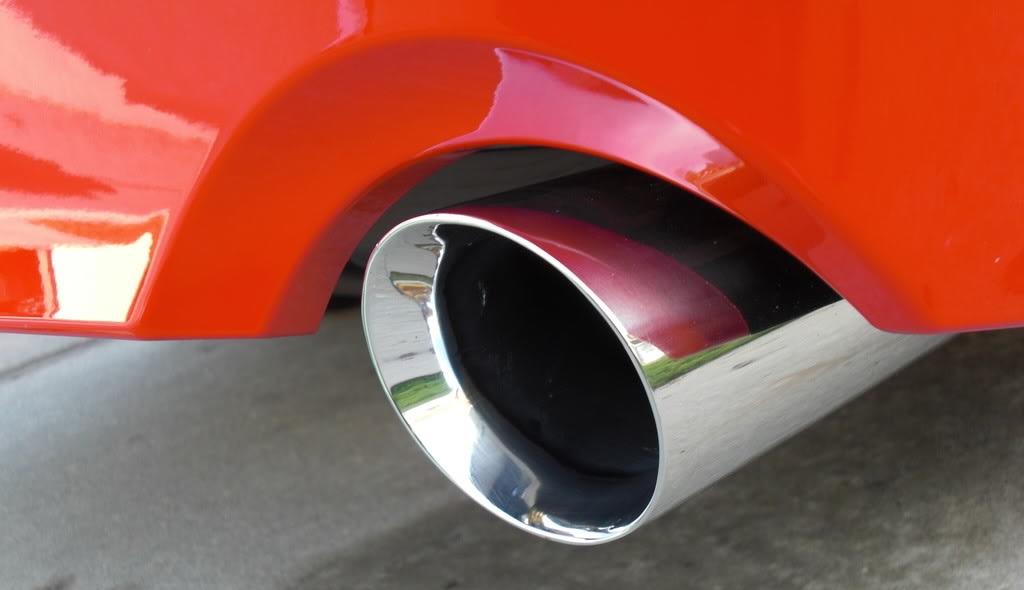
If you plan a tuning on the tailpipe using Exhaust cover, this normally has no effect on the sound of the vehicle. The aperture just mustn't and the actual tailpipe end protrude. That would be a violation of the specified vehicle dimensions and could result in a fine of 60 euros and even one point in Flensburg. It is basically similar with Replacement tailpipe. This is another way to change the look without significantly affecting the soundscape. The old tailpipe is cut off and the new one welded on. An acoustic change rarely happens, but it is possible. Replacement pipe and cover should always have a parts certificate or an E-mark. When accepted by a state-recognized Test organization the information must be presented or readable. The change can also be entered in the vehicle registration document via the relevant registration office.
self-made changes to the exhaust
Whoever sifts through the tailpipe with holes (using a drill, etc..) In order to obtain the effect of a sports exhaust at low cost, there is a high probability that it will be disappointed acoustically. The soundscape is often tinny and not comparable to that of a real sports exhaust system. And of course such changes are illegal. Changing individual components yourself is not permitted and often results in the loss of the vehicle approval. Manipulation of approved components and self-made spare parts are loud StVZO not allowed. The next traffic control or the next TÜV appointment would be doomed to failure.
Tuning with a sports exhaust system
When talking about a sports exhaust, often only the muffler is meant. Actually, a sports exhaust describes the change of the entire exhaust system. The change from the muffler often enables a richer sound and can even increase the performance of the vehicle. However, this is only really effective if the entire system is replaced. The silencers of the sports exhaust system are almost always filled with steel wool (or other metals). The systems are more robust and the dissipation of the resulting heat is improved. Exchanging individual components of the exhaust system is rarely really useful. A sports exhaust should, if possible, be rebuilt as a whole and with one Chiptuning as well as a Sport catalyst be combined. If the muffler has an ABE or a parts certificate, it can be used without any problems and an acceptance test can also be carried out.
Catalyst tuning is possible!
Tuning on the catalytic converter is possible, for example, with a so-called sports cat. It also reduces harmful exhaust gases and at the same time reduces the exhaust gas back pressure. And the sound wins too! Motorsport catalytic converters are available as 100-cell or 200-cell catalytic converters, for example. With an ABE, it can usually be installed without obstacles and is approved. With a parts certificate, however, installation is only permitted with a visit to the TÜV. The presentation and change of the vehicle documents results in costs of almost 80 to 100 euros. A sports cat without papers can maybe be registered by means of individual acceptance.
But there is no guarantee that this will be the case. And remove the actual catalyst and use a pipe or KAT dummy Replacing is of course illegal. The pollutant emissions are then no longer filtered and the loss of the operating license for the vehicle is guaranteed. And tax proceedings could also be the consequence (Offense of tax evasion according to § 370 of the tax code / AO) be. But, as is often claimed, one is really committing to it tax evasion? Here is the answer!
Muffler tuning is often possible!
Anyone who tunes the silencer usually wants to achieve an acoustic adjustment. The sound should be sportier, fuller and particularly rich. And an increase in performance is also often desired. And it can even be achieved by reducing air resistance. Changes, however, endanger the car's operating license. An ABE or a parts certificate should always be included in order to guarantee legal operation in road traffic. By 2028, vehicles may only have a noise emission of a maximum of 68 decibels. However, the provisions only apply to new vehicles. The Germany-wide limit is currently 74 decibels and 75 dB for more powerful vehicles.
The exhaust can be that loud!
Of course, a V8 should have a deep grumble, a V10 a loud screeching and the five-cylinder should really roar. The right engine sound is crucial for a tuner! And that's why the motto is almost always: “The louder, the better!” But it shouldn't get too loud. If you take it to the extreme and rock at a volume above 100 decibels, trouble is guaranteed. Because there are very clear regulations on what can be done in terms of exhaust sound. The following are the most important key points:
- the volume is regulated by the Road Traffic Licensing Regulations (StVZO)
- Since July 1, 2020, new vehicle types must not exceed the noise limit values (driving noise) of 70 to 74 decibels
- More engine power = more approved exhaust sound
- From July 1, 2022, the new values will be mandatory for all vehicles
- The maximum value is in the registration certificate Part I (vehicle registration document) under item U.3. The stationary noise is listed under point U.1
- Values in the vehicle registration are binding and also apply if they under the legal values
- Renewed tightening of the Noise Protection Act is to come into force in July 2024 for new vehicle types
- Renewed tightening of the noise protection law should then be in July 2026 for new registrations come into force (limit values then drop to 68 to 72 decibels across the EU)
- allowed are: Sports exhaust systems / flap exhaust systems with approval. The old noise limit values apply to vehicles already in traffic. Sound generators that are part of an exhaust system and change the sound, but not amplify it beyond the permitted level
- are not allowed: Sound generators as a retrofit solution. Strafe: 90 euro fine / 1 point in Flensburg
- Sports exhaust systems are usually tested with closed valves using standardized test procedures for type approval. In such a way that they comply with limit values during the measurement. When driving, however, the flaps open and thus the exhaust is significantly louder. That is allowed! Depending on the speed, accelerator pedal position, driving program, etc., the flaps are opened or closed by means of the control unit. Many vehicles enable this at the push of a button using a mobile phone app or a switch in the cockpit.
Of course that had not been the case.
tuningblog.eu has a lot of other articles on the subject of auto & tuning in stock. Do you want to see them all? Just click HERE and look around. But also planned changes in the law, violations in road traffic, current regulations in the field of STVO or on the subject inspection we would like to inform you regularly. Everything you can find in the category "Test sites, laws, offenses, information". Following an excerpt of the last information:
|
Light tuning? Not everything that pleases is allowed! The info. |
The meaning of the rim designation! All information about it. |
"Tuningblog.eu" - we keep you up to date on the subject of car tuning and car styling with our tuning magazine and we present you the latest tuned vehicles from all over the world every day. It's best to subscribe to ours Feed and will automatically be informed as soon as there is something new about this post, and of course also to all other contributions.
 tuningblog.eu Your magazine about tuning the car
tuningblog.eu Your magazine about tuning the car
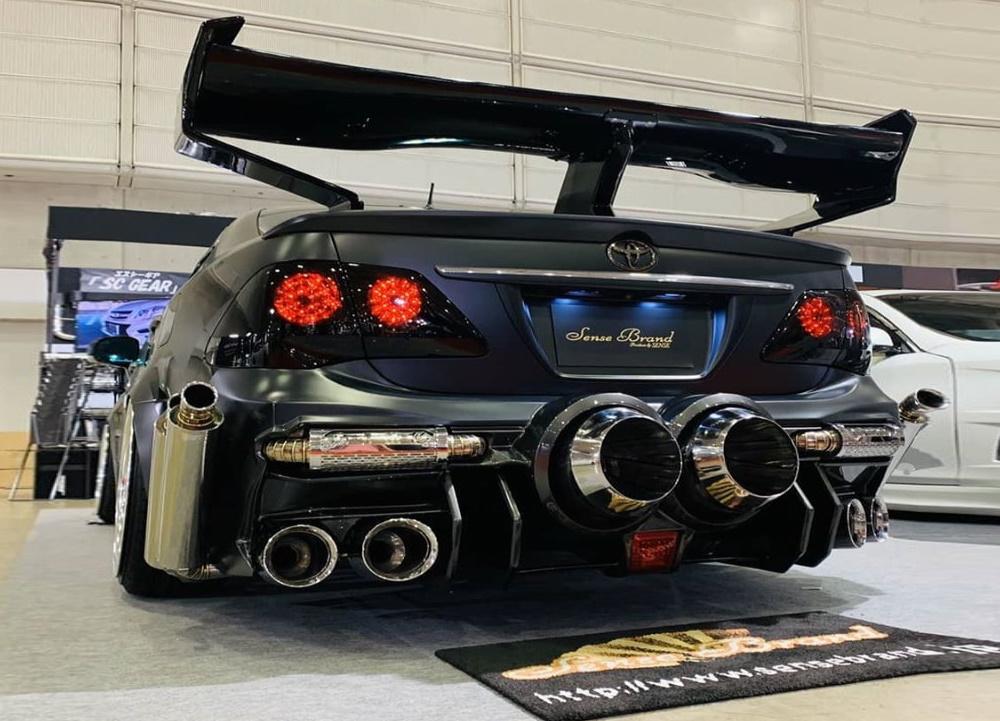
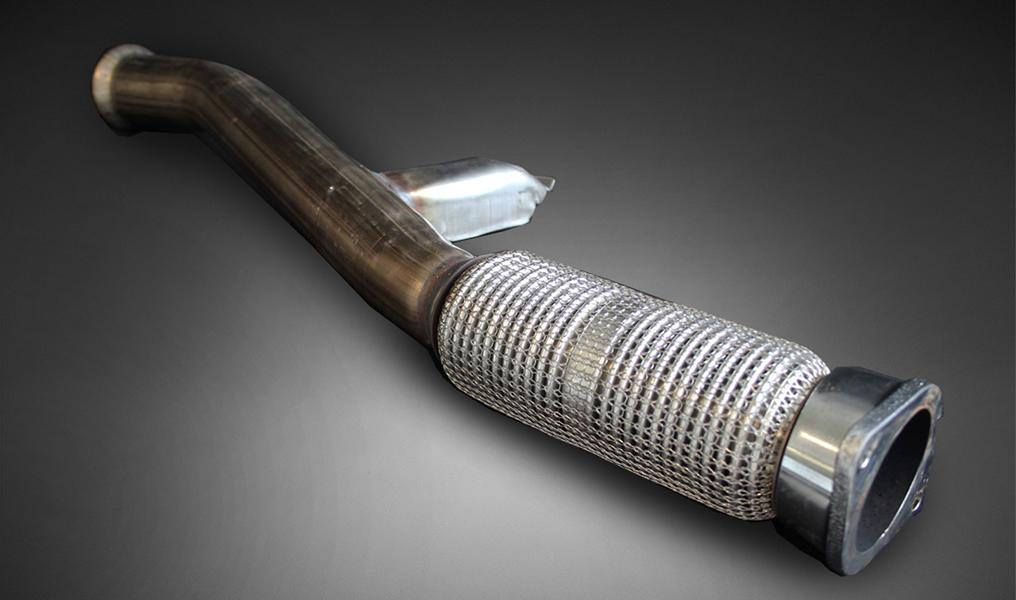
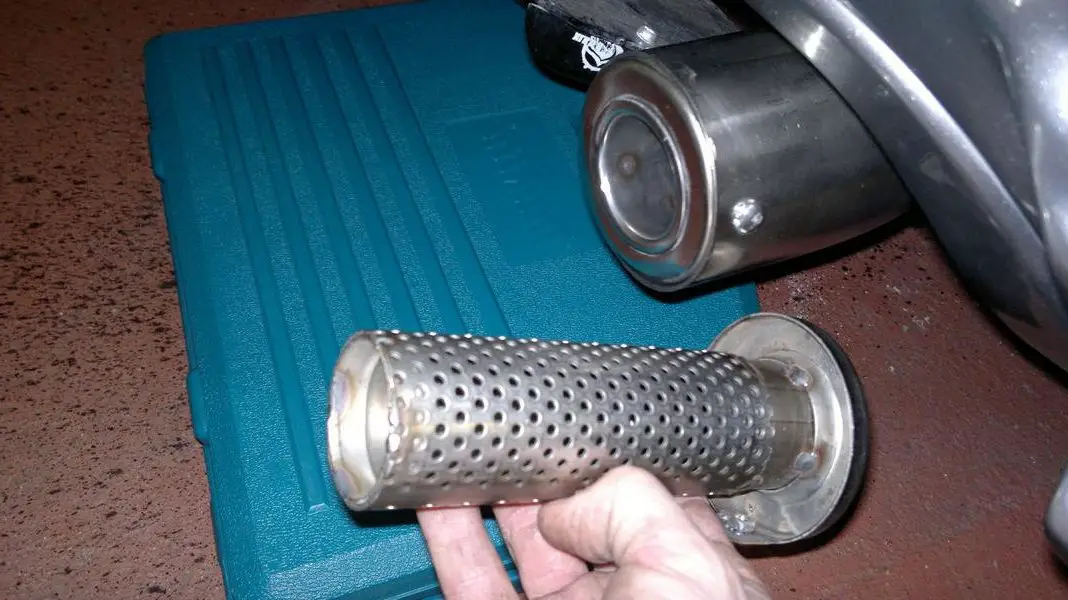

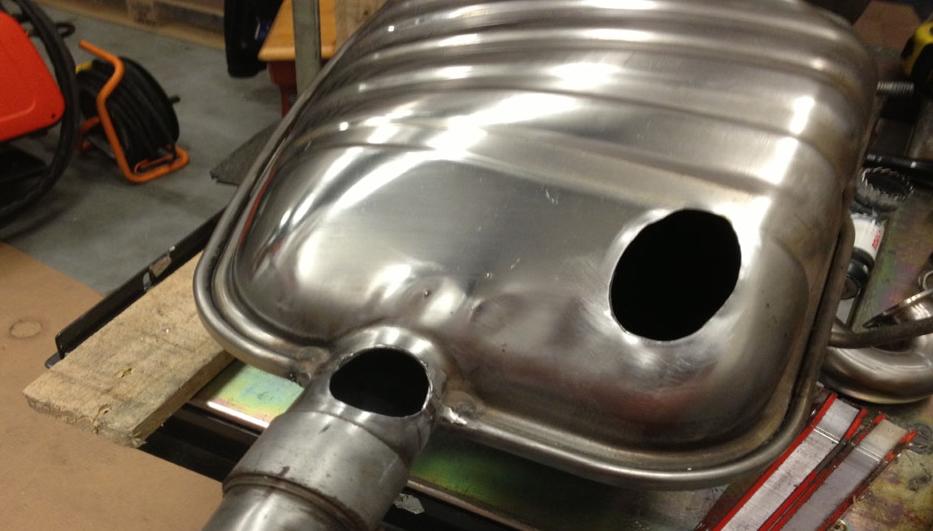
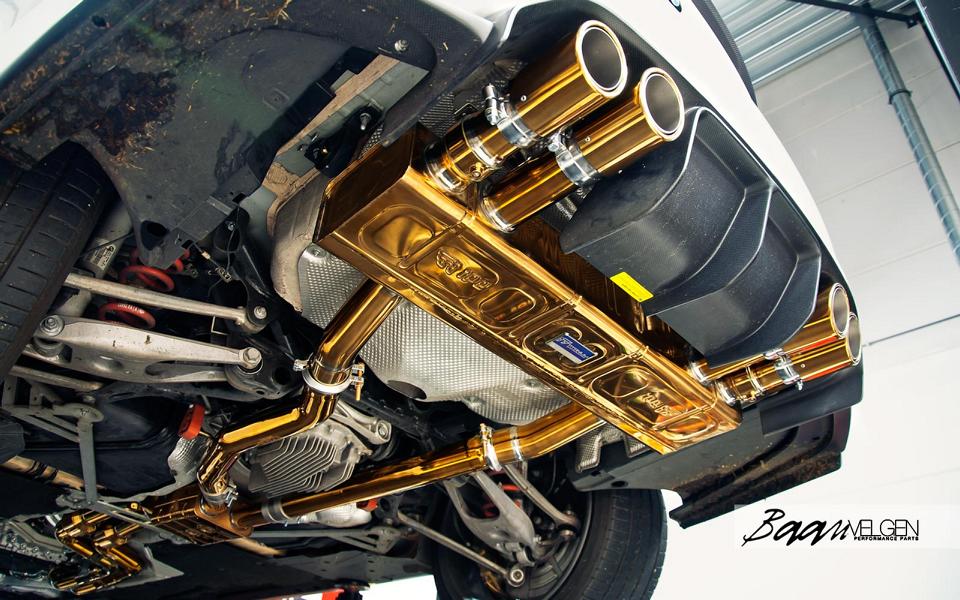
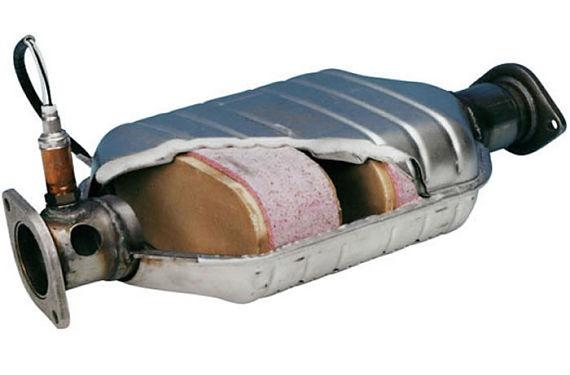
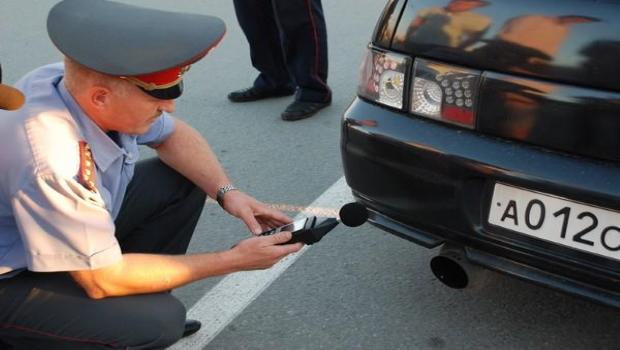
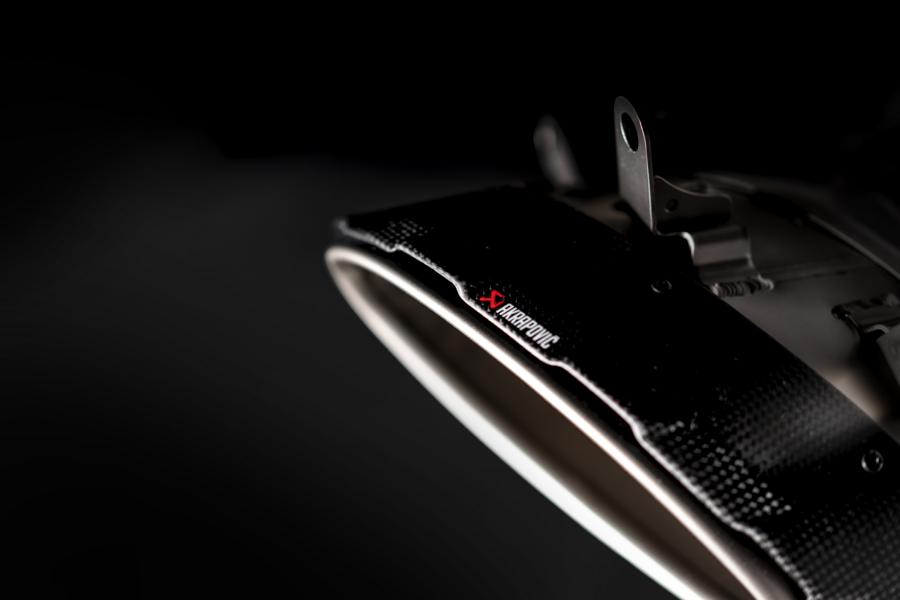
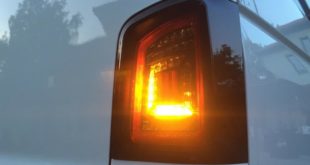
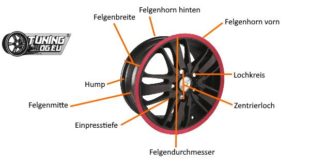
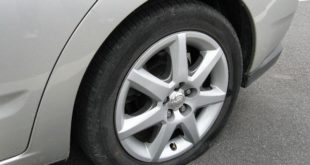
Dear Tuningblog team,
have a question on the subject. Was pulled out today and there was quite a bit of trouble -.-
I have an Eisenmann sports exhaust on it, it's also registered and has been for 13 years.
The papers say 79 db at 4.950 rpm, the police measured 90 db. The pot sounded empty and there was a suspicion that the pot was emptied. I then had the pot checked on the same day and nothing was opened and welded again, so it was absolutely original. My mechanic said the insulation wool just burned out over time. Is it still possible to withdraw the approval for the road even though the pot is still fully functional and has not been tampered with? Just because the wool is getting on in years, but the rest is still in top condition? And is there a possibility of losing the approval if the pot is opened, new insulation wool is inserted and the pot is welded again?
Thanks and best regards,
Eddy
Hi Eddie,
while we cannot provide legal advice, the answer should be relatively simple. In principle, it's like a tire. If it is gone, then it can no longer be used legally. It doesn't matter that it once had an 8 mm profile when it was new. This is also the case with your exhaust. The wool is out, so it is practically "defective and worn out" and needs to be replaced. Basically, the driver is responsible for the condition of the vehicle and has to check its serviceability.
VG Tom from tuningblog
But what if you make modifications to the ESD to make it quieter? Example on my E36 328i: it has a factory-fitted flap exhaust that is controlled by vacuum. I replaced it with a sports rear silencer. But over time it has become too loud. So I'm considering retrofitting the flap function for noise reduction on the Sport ESD. Control would again be done via the vacuum line as at the factory. Is something like that allowed?